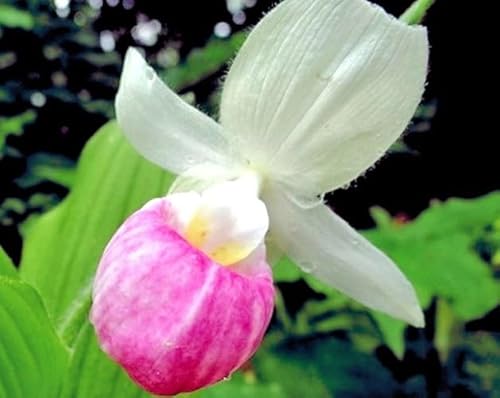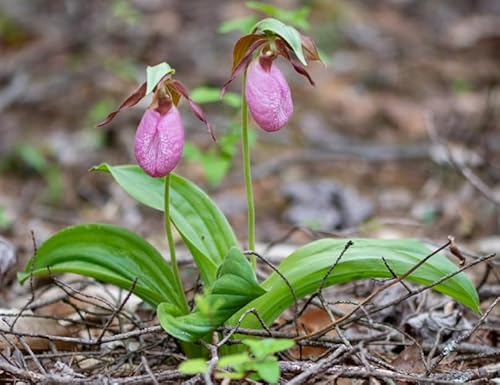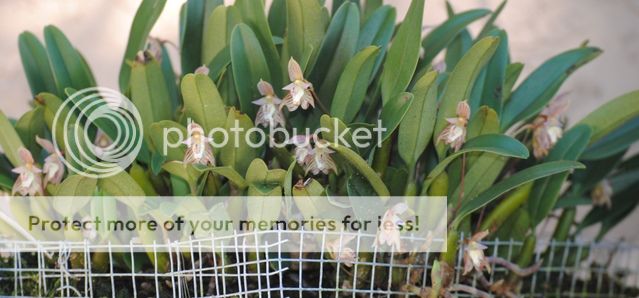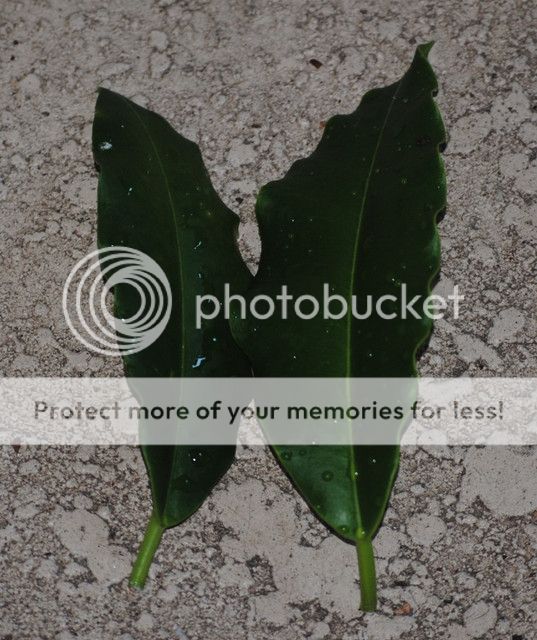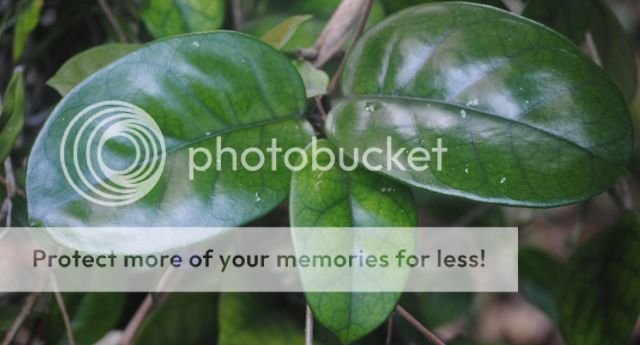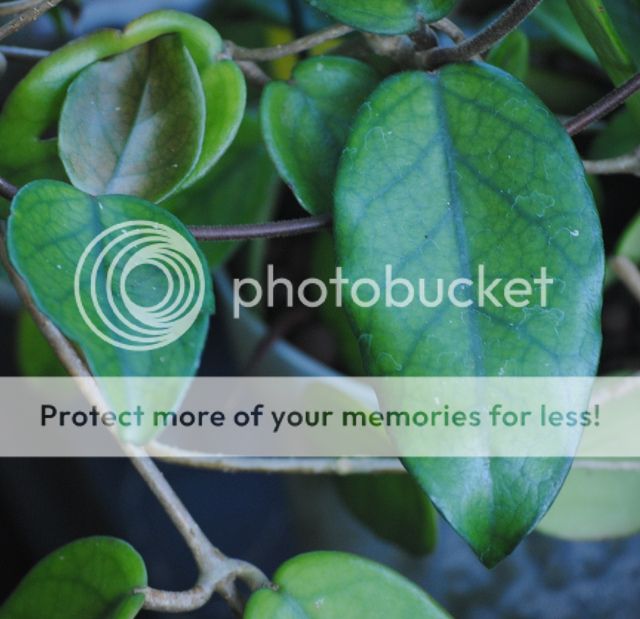rcb
Well-Known Member
Yes it takes a long, I would not disagree with what you say. But it really is the only way to learn the perfect application.
Yes 100 ppm with every watering is perfect. But she can not block the rainfall which dilutes and flushes the 100ppm. I think she also said fertilizing twice a week was about as often as she can get it done. Since she has no way to apply fertilizer 5 days out of 7 her best option is to apply extra on the days she does apply fertilizer. Somehow there has to be enough minerals to produce the mass of plant tissue.
Yes fertilize rain or shine. Actually right after a rain is perfect timing.
Even at 200ppm N watering everyday would not be too much considering the rainfall in the equation. I am assuming it rains a lot of volume not just often.
If I apply fertilizer on rainy days, I could fertilize more often. Not every day, due to being away from home but more than twice a week. As for the rain, yes significant volume, think Florida torrential rains









